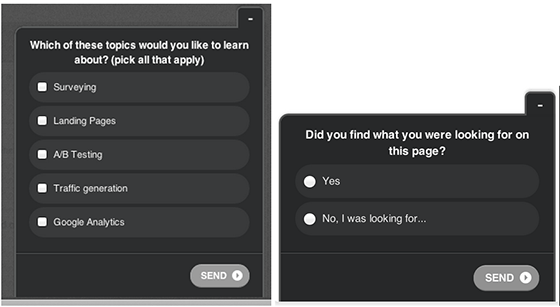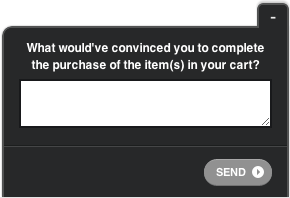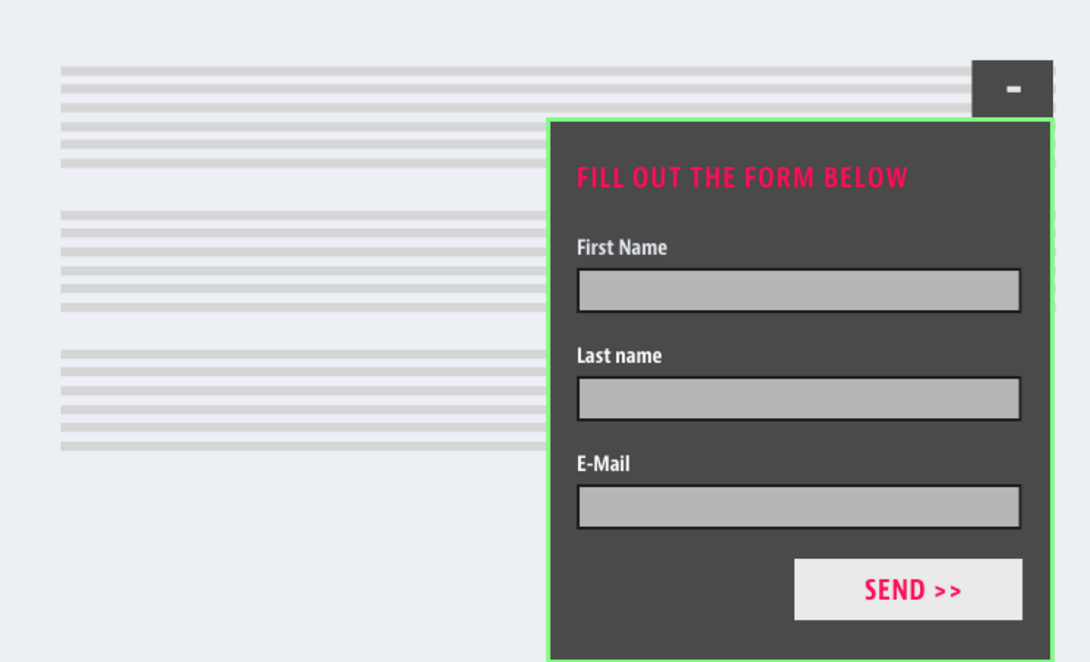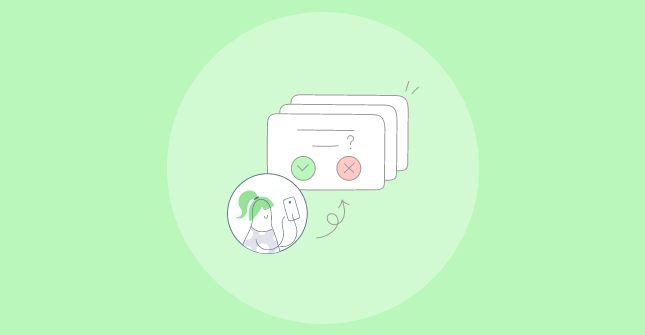
When it comes time to build out a new feature, everyone has an opinion.
From support teams who want a better live chat and engineers who want a new website hosting service to marketing who want to dazzle customers, everyone wants their priority to drive the decision about the feature.
But one important voice gets lost in this battle: the customer’s.
You need to stop guessing and arguing about what your team wants, and instead, make moves that are actually customer validated. Align your team around direct customer feedback, and use that to continually improve your business with this Japanese philosophy.
Kaizen: Make Constant Improvement with Customer Feedback
The Japanese have a concept called kaizen, which means “continuous improvement.” Kaizen was in fact influenced by the efficiency of American businessmen who helped to rebuild Japan after WWII. But now, American business efficiency pales in comparison to kaizen approaches to improving a business.
Each of the six stages identified in this kaizen approach to business helps the following stage progress, and eventually cycle back and improve the first stage. It’s a virtuous cycle, in which every team at the conference table gets to win.
But in order to make your product development and marketing customer-centric, you absolutely have to seek customer feedback at each of these six stages.

All too often, customer input only happens at the front end, with a feature idea, and at the tail end, after a finished product has been produced. The problem there is that you’re only getting feedback in 3 month increments, and that means that you aren’t able to learn quickly and adapt to the customer’s needs.
The only way to actually know that you’re improving in the right direction is to continuously ask your customers.
The Revolutionary Stage: How Customer Feedback Improves Marketing
Understanding customer behavior used to be a really painful, long process.
It involved conducting focus groups, or long 1:1 conversations with individual users to learn about what value they were getting out of your product. These are great methods for understanding customer intent and behavior, but they’re hard to scale—especially if you want to use customer feedback at every stage of the process.
That’s why on-site surveys are a powerful way to harness the voice of your customer, and do so at scale.
1. Market research
One of the simplest and most powerful ways to conduct market research is to drive traffic to your landing page and get visitors to fill out a survey.
By arriving at your site, the visitor has validated their interest in your product and messaging, by clicking through from your Google AdWords or Facebook ad. Your survey will capture the specifics of what product they want to buy.

In addition to these multiple-question questions, ask them open-ended questions that allow the visitor to say what they’re looking for in their own words.
Take your customers words and put them on your landing page and use them to feed into the marketing content development process.
2. Driving Requirements
Potential customers who poke around your site but leave without buying tell you the inverse of what your market research does. Rather than learning what people want to buy, you’re finding out what the dealbreakers are. These are the basic requirements that have to be in your marketing and your product.
The way to capture this information is with an exit survey, which is a survey that you run just as the potential customer begins to leave your site.
Suppose that a customer goes to their shopping cart to check out, but then hits the back button to abandon it. Run this exit survey to find out why.

You may need to offer free 2-day shipping as a feature. Your checkout process might involve too many form fields. Whatever it is, by running an exit survey, you’ll find out not only what people want, but what they can’t live without.
3. Customer Success
Your job isn’t done when people are engaged with your site. Your job is done when people are successful with your product. That means driving even further engagement. Use Qualaroo to drive engagement and start conversations with potential customers to make sure they’re going to be successful with your product.
This can include tools like in-product chat tools so that people can reach out to you, or lead generation forms so that you can email people in the future.
The Evolutionary Stage: How Customer Feedback Improves Product
The evolutionary stage of a kaizen approach to business is all about your product.
It involves listening to customer feedback to make the changes to your product that it needs to succeed. By evolving your product based on customer feedback, you’ll roll out features people actually want, and then be able to acquire more users who really need your product.
4. Customer Feedback
One of the most powerful tools in a customer success team’s arsenal is Net Promoter Score surveys. That’s because they’re leading indicators of whether your customer is happy and successful with your product.

(source: Net Promoter System)
Your basic NPS survey starts with one simple question: “What’s the likelihood you would recommend this product to a friend or colleague?” It asks the customer to respond on a scale of 1-10 where 1 = highly unlikely and 10 = very likely. The second question asks why.
Segment your responses to the second question based on responses to the first question:
- Promoters (9-10): Learn the reasons why customers love your product.
- Passives (7-8): Find out these few key things that could bump this group over the threshold into promoters.
- Detractors (0-6): These people have strong negative feelings towards your product. Figure out what negative experiences these people have had and fix them.
It’s important to understand this data to learn what customers really think of your product.
Then, put your NPS data to work. As Janet Choi from Customer.io says, “The real value of NPS comes from how you digest and address survey responses and resulting conversations—whether it’s a simple thanks for feedback, solving customer problems, or delving for more information.”
5. Product roadmap
Customer need should dictate what you build, but most companies do it completely wrong. The mistake we often make is just asking people if they’d like to have feature X added to the product. When there is no cost for the user, the answer is almost always yes.
Rather than asking the customer whether they want a feature, ask them to prioritize feature development.

Give them a choice of two features. That way the cost of one feature is foregoing the other feature. With this quick Nudge in your product’s dashboard, you can make it easy for the customer to give feedback and get involved in building your roadmap.
6. Delivering features
Upon completion of a product and marketing iteration where you’ve gone to market with new messaging and new features, there’s one single question that you need to learn from: Did you improve product-market fit?
For this, you use the classic product-market fit survey that asks: “How disappointed would you be if you could no longer use our product?”

Note that this survey is the lynchpin of your iteration process.
- Our “very disappointed” customers are our must-have, most dedicated customers. 40% responses here means product-market fit.
- You want to have decreased your “somewhat disappointed” and “not disappointed” responses and moved those people up to “very disappointed.”
Customer feedback closes the loop on our product and marketing iteration, and the learnings help you open a new one to continually improve the product and make it adhere to what the customer wants.
Don’t Stop Iterating
Kaizen relies on one principle: don’t be stagnant. Especially in today’s market, it’s important to keep iterating on your product to make it the best it can possibly be. That doesn’t mean listening to whatever team is shouting the loudest at the feature meeting. It means listening to the customer, and incorporating their feedback into each stage of your product development and messaging.
You’ll end up with a feedback loop that keeps giving, and customers who keep coming back for more.
Reads
Want insights that improve experience & conversions?
Capture customer feedback to improve customer experience & grow conversions.













